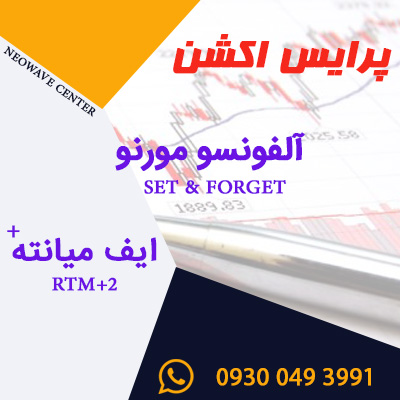Could you explain the advantages and disadvantages of both futures and ETF’s?
ANSWER:
There are three, primary market trading instruments…Options, Futures and Equities. ETF’s fall under the equity category. Each serves a purpose; the primary consideration with each is your trading time horizon. The longer the time frame (say beyond 6 months) the better it is to trade equity based investments. If your time horizon is 1-6 months, and you want some leverage, futures can be a reasonable approach (as long as you understand the risk involved and manage it properly). If your time horizon is just a few days to 1-month, Options might be your best bet, but they require an even greater level of expertise and discipline than futures to properly manage. Options are the most complex trading vehicles and can take years to understand and successfully utilize. I do NOT recommend options trading for 90%+ of the general public due to their complexity.








آخرین دیدگاهها